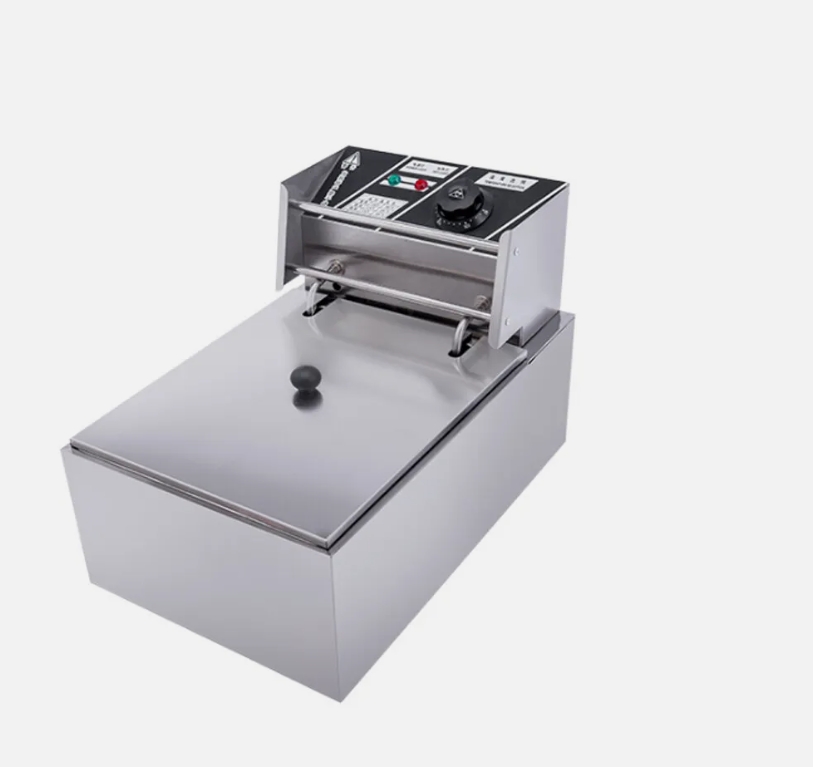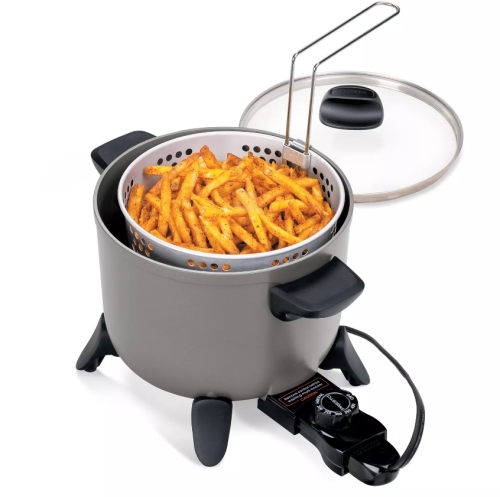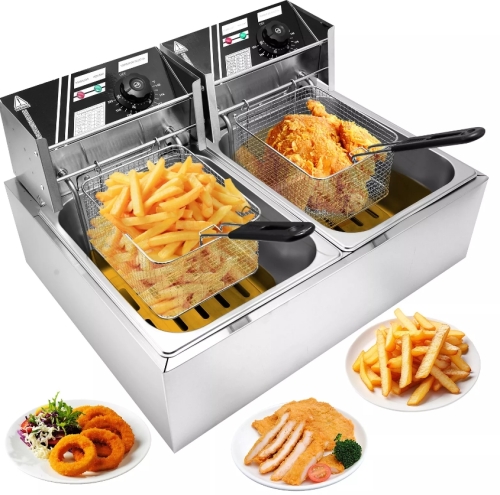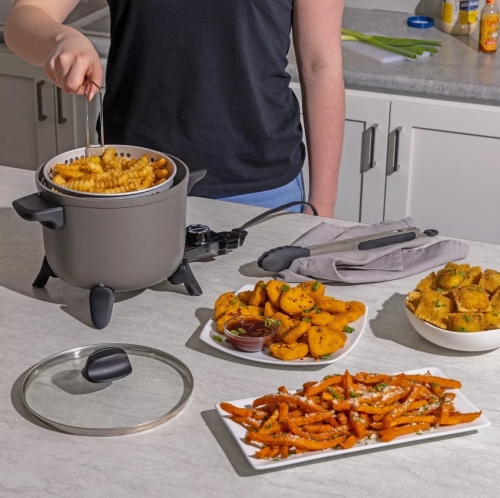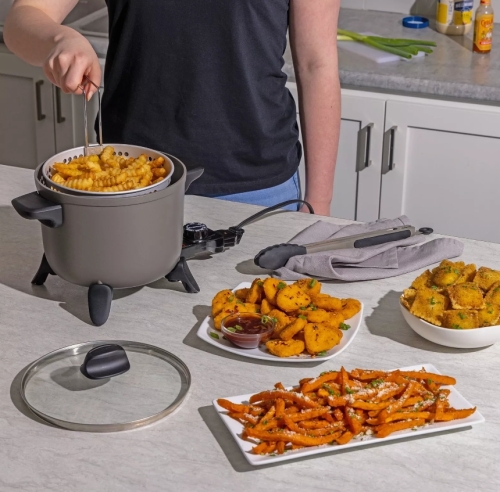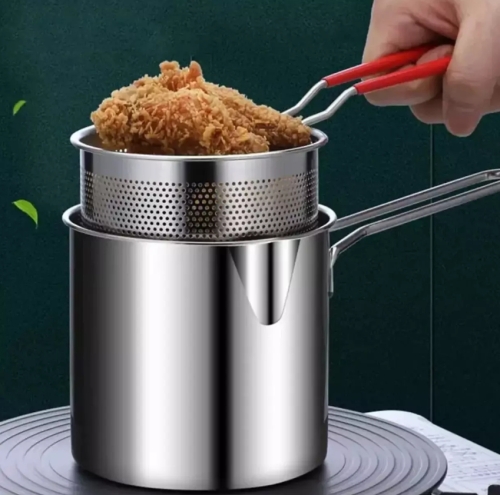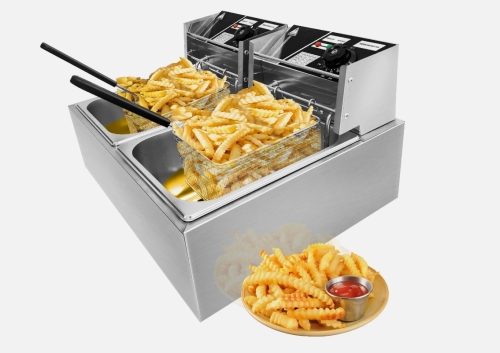The frying pan, often referred to as a skillet, is an indispensable tool in any kitchen. Its design—typically shallow with a flat bottom and flared sides—makes it ideal for a variety of cooking techniques, including frying, sautéing, and scrambling. Available in a wide array of materials, such as stainless steel, cast iron, non-stick, and copper, each type offers unique advantages tailored to different cooking styles.
Cast iron frying pans are renowned for their exceptional heat retention and even cooking. They can be used on the stovetop or in the oven, making them perfect for dishes that require both stovetop browning and oven baking. Non-stick pans, on the other hand, are favored for their ease of use and effortless cleanup, allowing cooks to prepare delicate foods like eggs and fish without the worry of sticking.
When using a frying pan, understanding heat management is crucial. Preheating the pan ensures a good sear, while controlling the heat helps prevent food from burning. Additionally, the choice of oil is important; using oils with higher smoke points, like avocado or grapeseed oil, can enhance flavor and prevent smoking.
To care for your frying pan, proper maintenance is essential. For cast iron pans, seasoning is key to creating a natural non-stick surface. Non-stick pans should be cleaned gently, avoiding abrasive materials that can damage the coating.
In conclusion, the frying pan is more than just a kitchen staple; it's a versatile instrument that empowers home cooks and professional chefs alike. With the right skills and knowledge, you can unlock the potential of this remarkable tool and create delicious meals every day.

